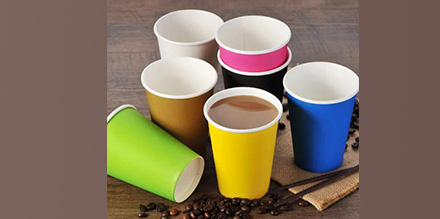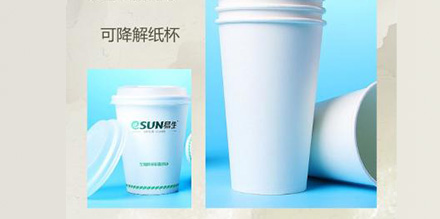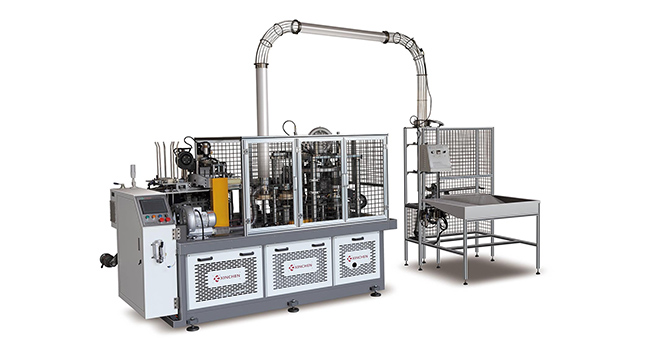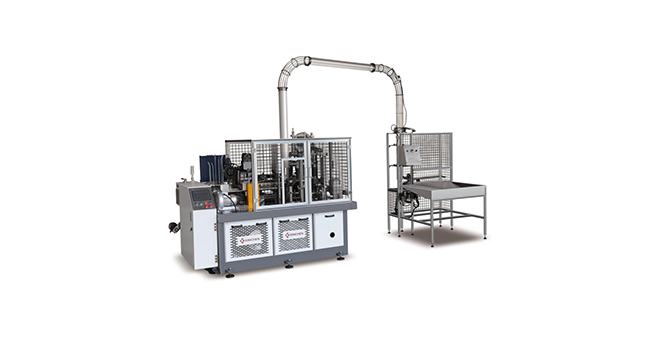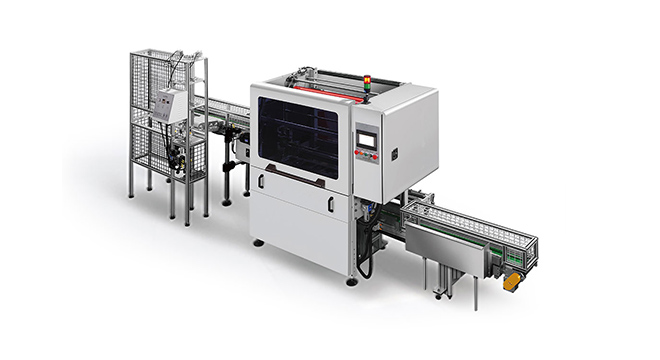How to judge the quality of paper cup machines? The quality of paper cup machines needs to be comprehensively evaluated from multiple dimensions, including equipment performance, production efficiency, finished product quality, stability and after-sales service. The following are specific points for judgment:
1. Equipment performance and core technology
* Automation degree: High-quality paper cup machines usually have highly automated functions (such as automatic paper feeding, forming, punching, curling, cup unloading, etc.), reducing manual intervention and improving efficiency.
* Control system: Check whether PLC (programmable logic controller) or touch screen control is used, whether the operation interface is intuitive, and whether the parameter adjustment is flexible.
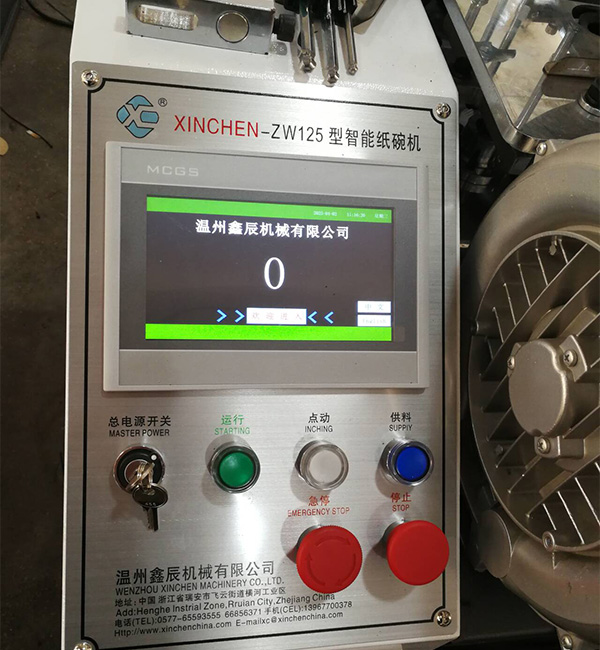
* Mold accuracy: High-precision molds (such as stainless steel) can ensure that custom coffee paper cups are formed consistently, with smooth edges and no burrs.
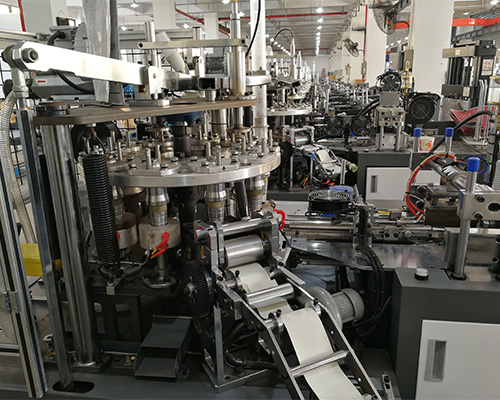
* Heating system: High-efficiency and energy-saving heating methods (such as electromagnetic heating or far-infrared heating) can improve the bonding effect of hot melt adhesives and reduce energy consumption.

2. Production efficiency and capacity
* Production speed: The speed of low-end and mid-end equipment is usually 30~60 pieces/minute, and high-end equipment can reach 80~120 pieces/minute or more. Choose the matching capacity according to demand.
* Mold change time: The fast mold change design (such as modular structure) can shorten the switching time of different cup types and improve flexibility.
* Compatibility: Whether paper cups of different specifications (such as single-layer/double-layer cups, different calibers, heights) and materials (such as PE coated paper, PLA degradable materials) can be produced.
3. Finished product quality
* Cup body appearance: Check whether the sample cup has no wrinkles, no glue residue, uniform curling, and a flat bottom without leakage.
* Adhesion strength: Squeeze the cup body and the bottom of the cup by hand to observe whether it is debonded or deformed.
* Material utilization: High-quality equipment reduces waste and production costs by optimizing the cutting design.
4. Equipment stability and durability
* Core component brand: Whether key components (such as servo motors, guide rails, cylinders, etc.) use well-known brands (such as Siemens, THK, SMC, etc.) directly affects the life and failure rate.
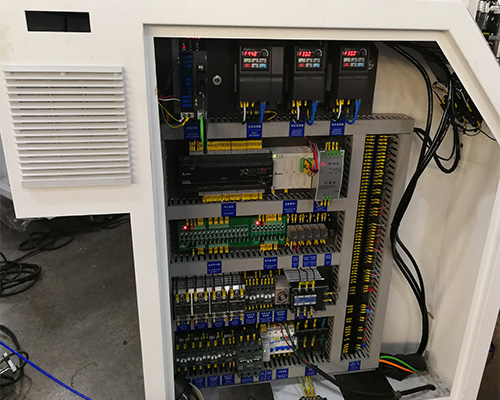
* Structural material: Whether the frame is made of high-strength steel and whether it has shockproof and rust-proof treatment.
* Long-term operation test: Manufacturers are required to provide continuous production test data to observe the stability of the equipment under long-term operation.
5. Safety and environmental protection
* Safety protection: Are there emergency stop buttons, protective covers, overload protection and other safety devices?
* Noise and energy consumption: High-quality equipment has low noise during operation (such as ≤75 decibels), and energy consumption meets industry standards (can be judged by energy efficiency labels).
* Environmental compliance: Whether environmentally friendly materials (such as degradable PLA coated paper) are supported, and whether the production process meets environmental protection requirements.
6. After-sales service and technical support
* Warranty policy: Regular manufacturers usually provide 1~2 years warranty, and the warranty period for core components is longer.
* Technical support: Whether installation and commissioning, operation training, remote fault diagnosis and other services are provided.
* Accessories supply: Whether wearing parts (such as molds and cutters) are easy to buy and whether the price is transparent.
7. Manufacturer qualifications and market reputation
* Industry experience: Prioritize manufacturers with more than 5 years of production experience and more mature technology.
* Customer cases: Request to visit actual production cases or check customer feedback, especially the use evaluation of similar products.
* Certification standards: Check whether the equipment has passed international certifications such as CE and ISO9001 and complies with industry safety regulations.
8. Cost-benefit analysis
* Initial investment: Compare the prices of different brands, but avoid simply pursuing low prices (low-priced equipment may imply quality risks).
* Comprehensive cost: Calculate long-term investment such as power consumption, scrap rate, maintenance costs, etc., and choose equipment with high overall cost performance.
Recommended steps
1. On-site inspection: Go to the manufacturer to test the machine on site and observe the operating status of the equipment and the effect of the finished product.
2. Sample comparison: Request paper cup samples from different manufacturers and conduct physical tests (such as filling hot water to check for leakage).
3. Contract details: Clarify the delivery date, payment method, and after-sales service terms to avoid disputes.
Through the comprehensive evaluation of the above dimensions, you can more accurately judge the quality of the paper cup making machine and choose equipment that suits your own production needs.

 Apr 02,2025
Apr 02,2025